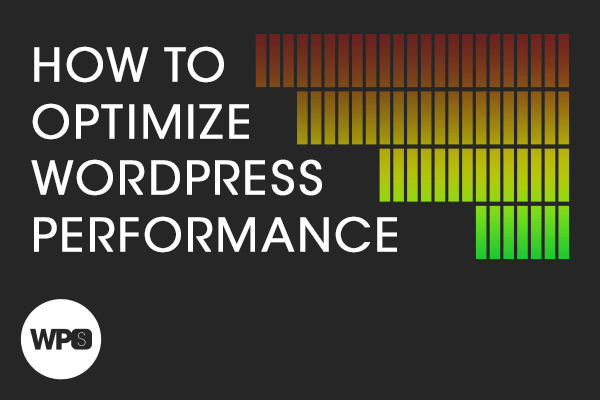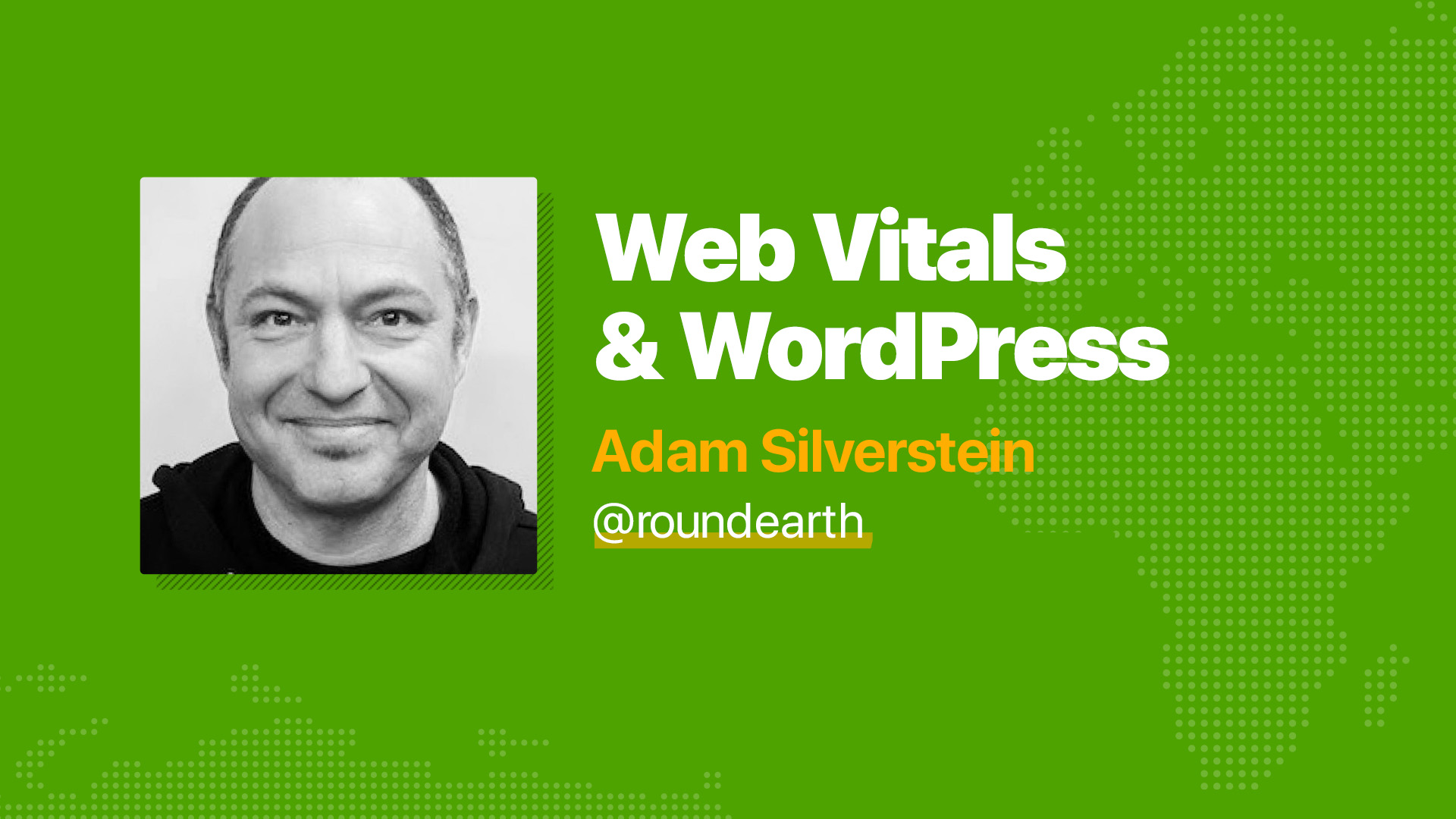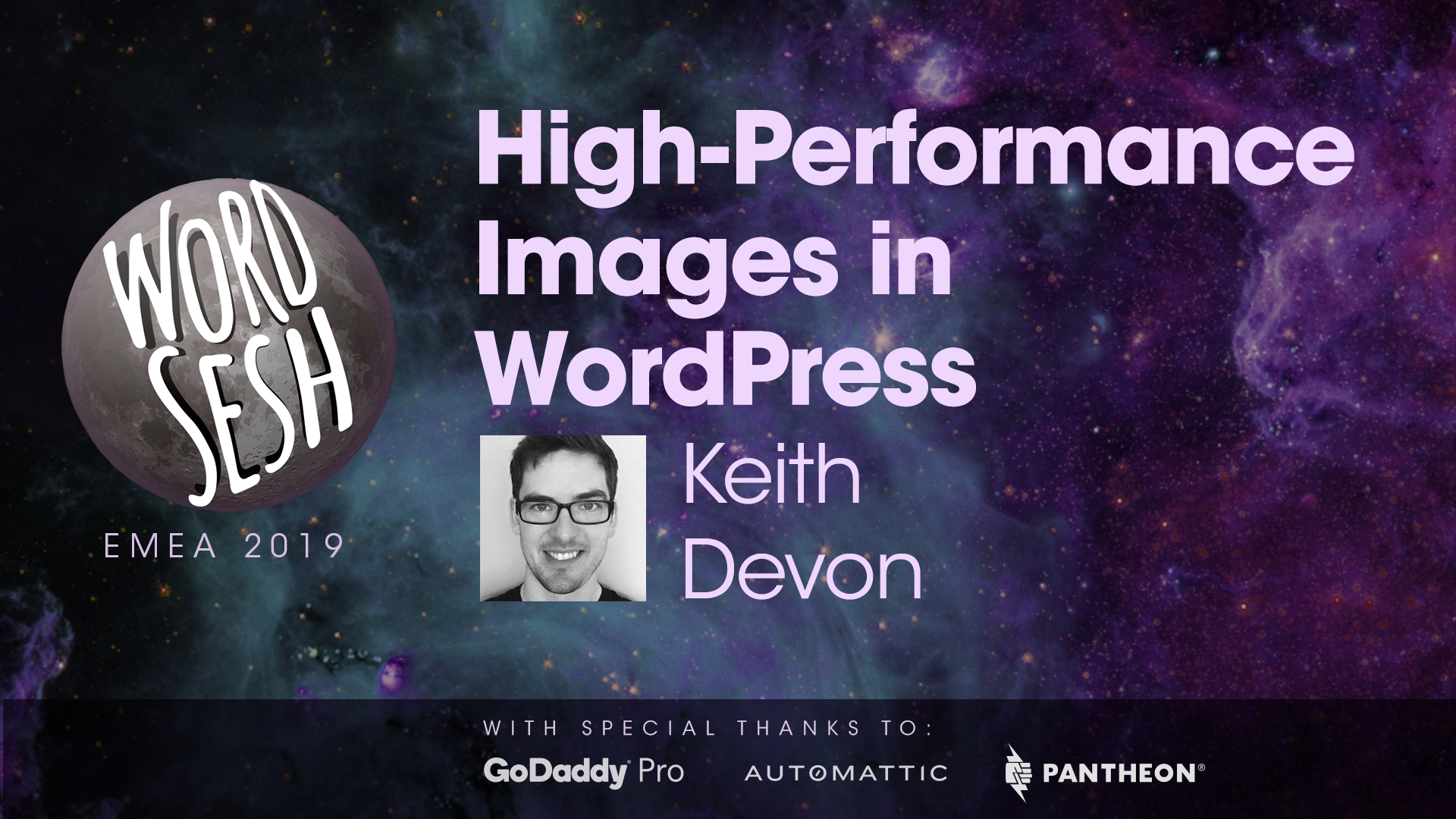Learning Path: Performance & Optimization
Happy Browser, Happy User
Performance is fundamental, a UX concern. Sites that are slow to render or janky to interact with are a bad user experience. We strive to write performant code for our users, but users don’t directly interact with our code – it all happens through the medium of the browser. The browser is the middleman between us and our users; therefore to make our users happy, we first have to make the browser happy. But how exactly do we do that?
In this talk, we’ll learn how browsers work under the hood: how they request, construct, and render a website. At each step along the way, we’ll cover what we can do as developers to make the browser’s job easier, and why those best practices work. You’ll leave with a solid understanding of how to write code that works with the browser, not against it, and ultimately improves your users’ experience.
How to Optimize WordPress Performance
Zack Tollman loves WordPress performance. He has worked to optimize WordPress for peak performance on a number of sites. In this course, he shares all of the tips and secrets he’s collected over his experienced career.
The course begins by introducing a number of simple tools we can use to measure performance – if you can measure it, you can optimize it! Zach also starts off with explaining some of the most basic principles to website performance, from server response time through the entire cascade of HTTP requests and browser rendering. From there, we’ll focus on some of the server-side configurations you can do to improve site performance and then progress towards optimizing the rendering path on the front-end so that the most important elements load first and fastest.
The topic here is quite advanced, but Zack explains it with such relatable, easy-to-understand concepts that viewers of all skill levels will be able to follow along. He’s a master, and we’re thrilled to host him!
Optimize All The Things!
Optimization is all the rage right now and you know you need to focus more on optimizing your sites for better performance, but where do you start? How do you go from your current reality to a world of everything being optimized?
Maura has a lot to say about web performance. In fact, she’s given presentations on this topic before!
In this session, she is going to share a few strategies to help you better measure and optimize the sites you manage for noticeable boosts in speed and performance. Join us and learn how you can optimize ALL THE THINGS!
Web Vitals & WordPress
Web Vitals is an initiative by Google to help site owners improve user experiences. Moreover, it’s an effort to simplify the metrics landscape. By measuring the right things it becomes much easier for you and other site owners to make meaningful changes to improve the performance of a site and, therefore, the experience of everyone who uses that site.
To ensure you are hitting the target for most of your users, a good threshold to measure is the 75th percentile of page loads, segmented across mobile and desktop devices. This session will give you insights on how to improve your Core Web Vitals so you are more visible on search engines.
High-Performance Images in WordPress
The web is full of big beautiful images these days. They look great but they can come at a HUGE cost for performance. If your images aren’t optimized properly your website’s speed will suffer, and that means higher bounce rates, lower conversion rates, poor engagement, and worse.
In this talk, we’ll explore all of the techniques at our disposal for optimizing images to make your site way faster. We’ll cover image formats and sizes, optimization tools, responsive images, and exciting new opportunities.
What's Next?
After you've worked your way through the first sessions above, continue on with any of these in any order:




